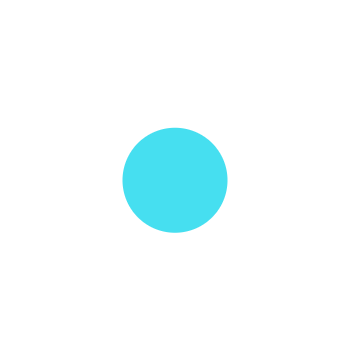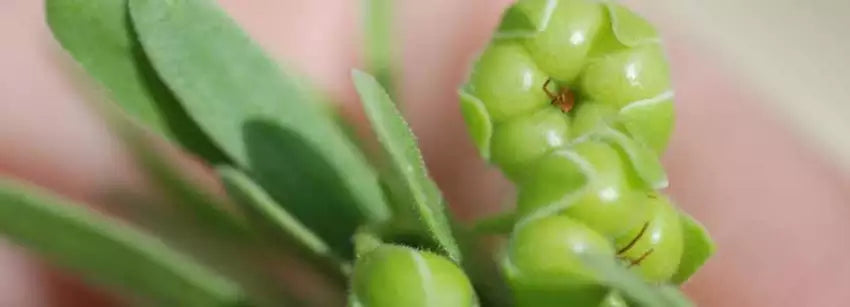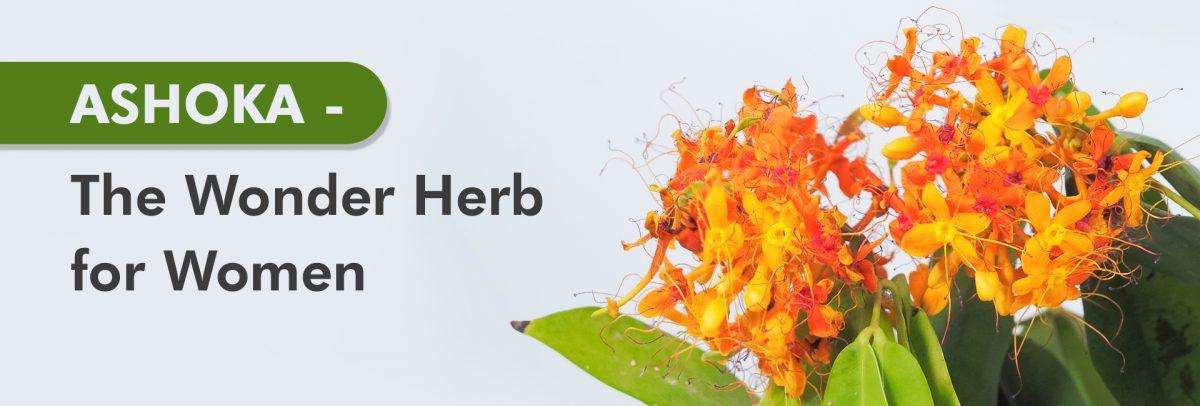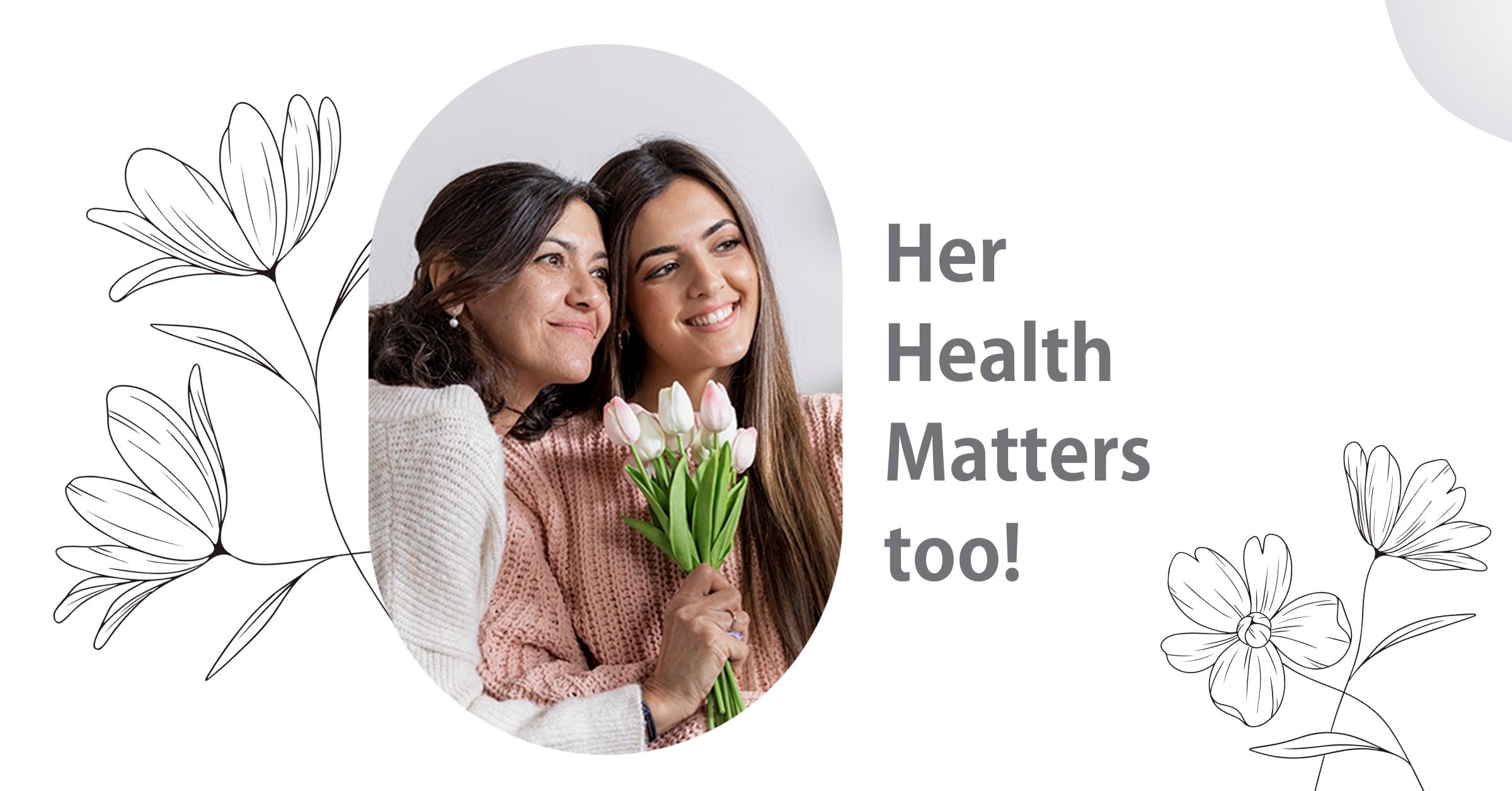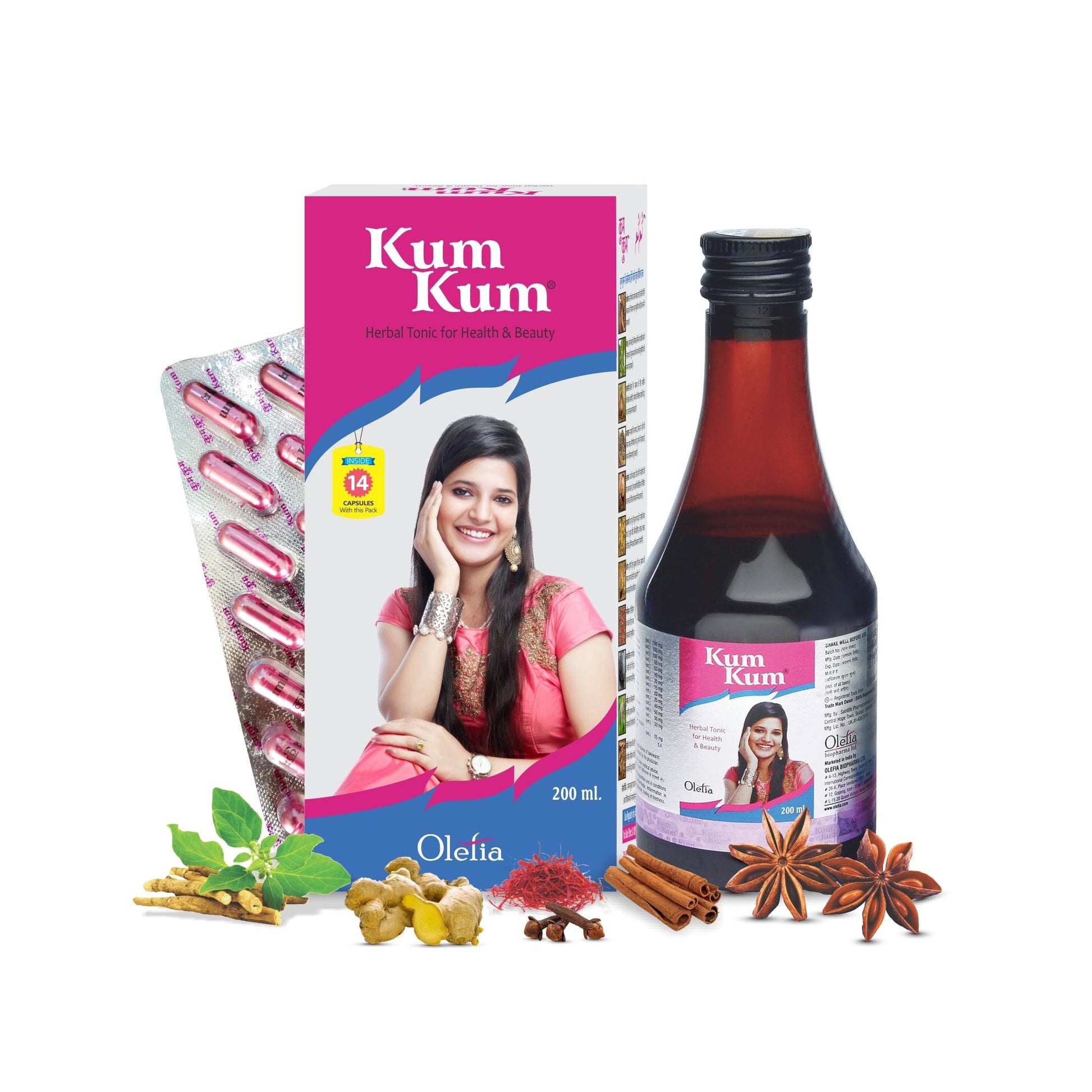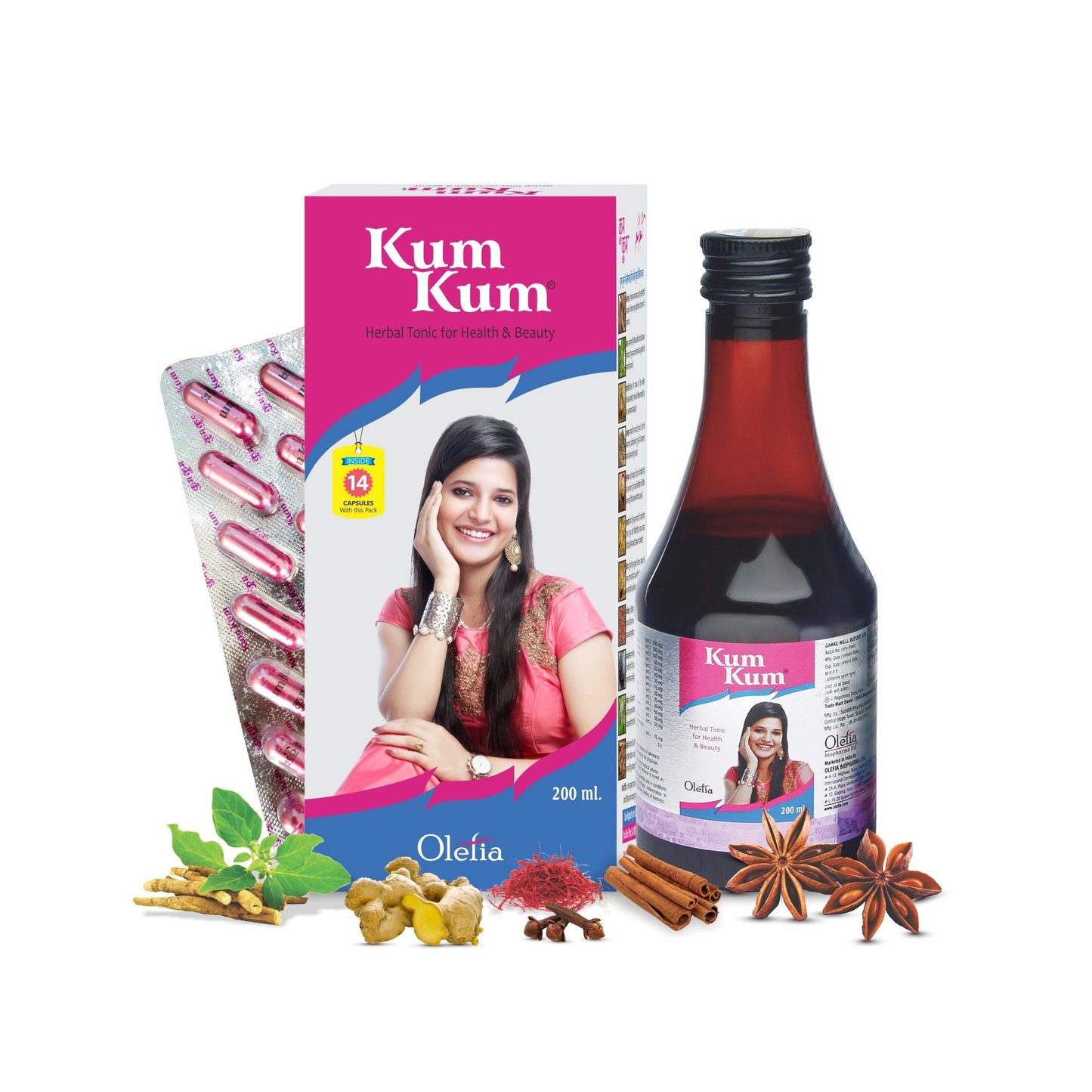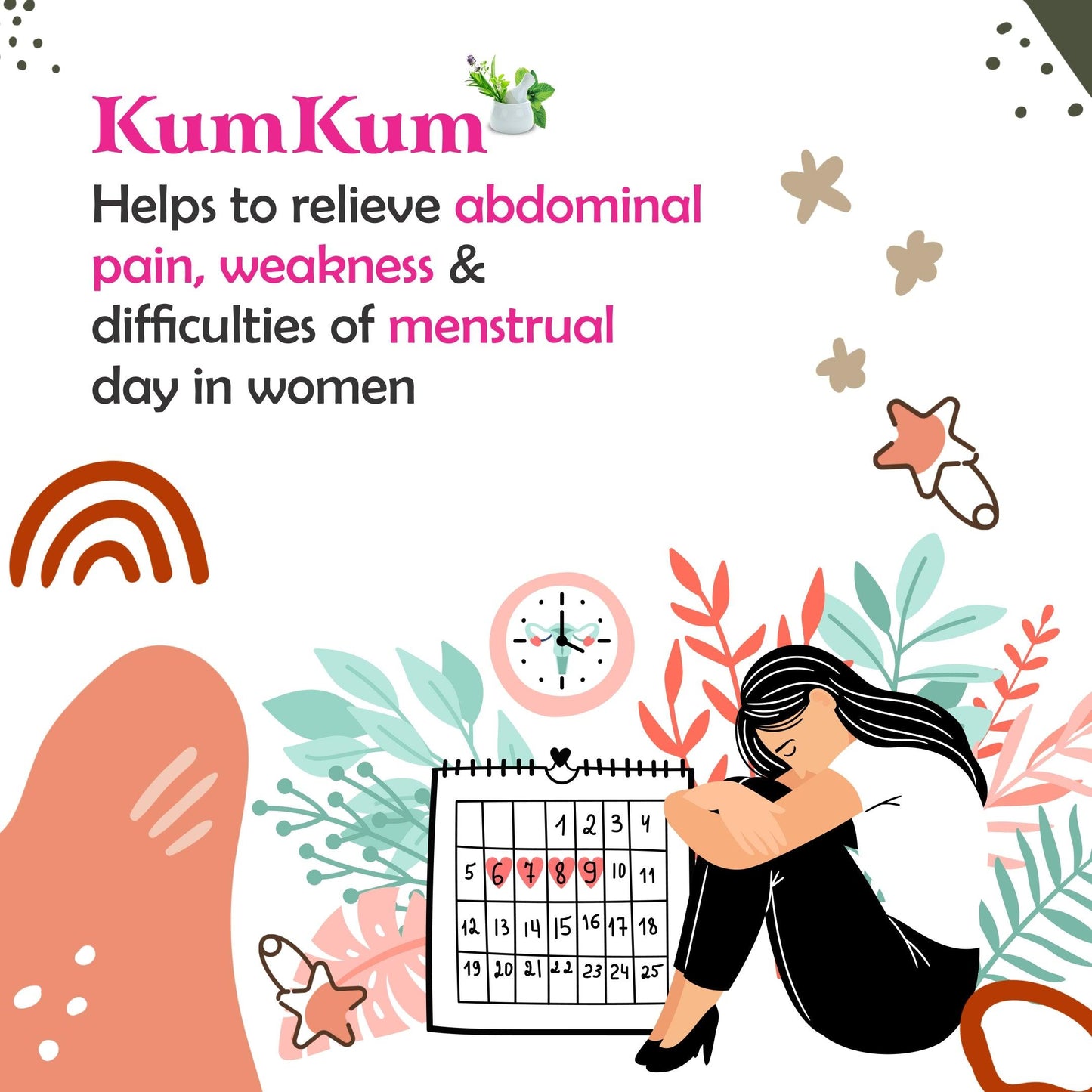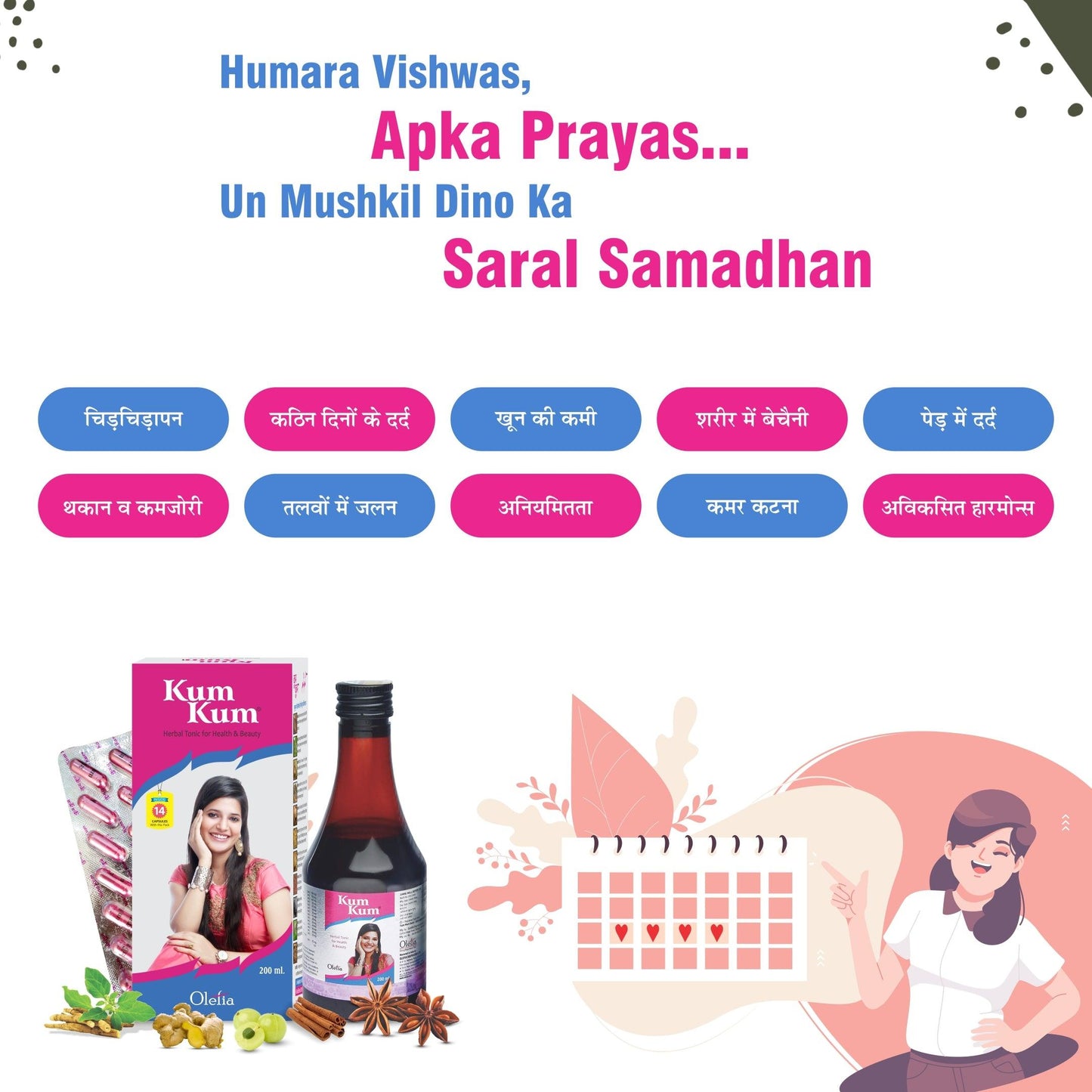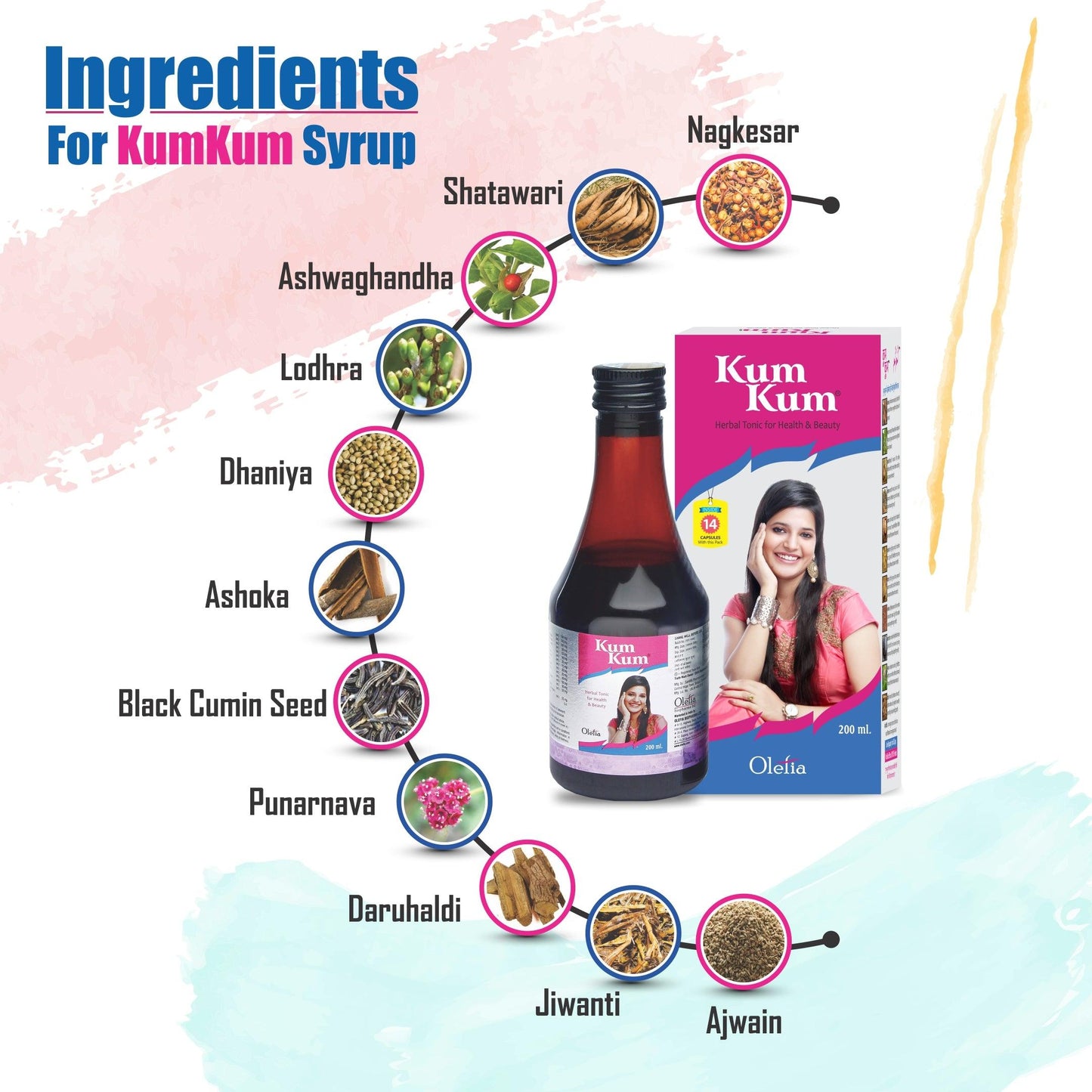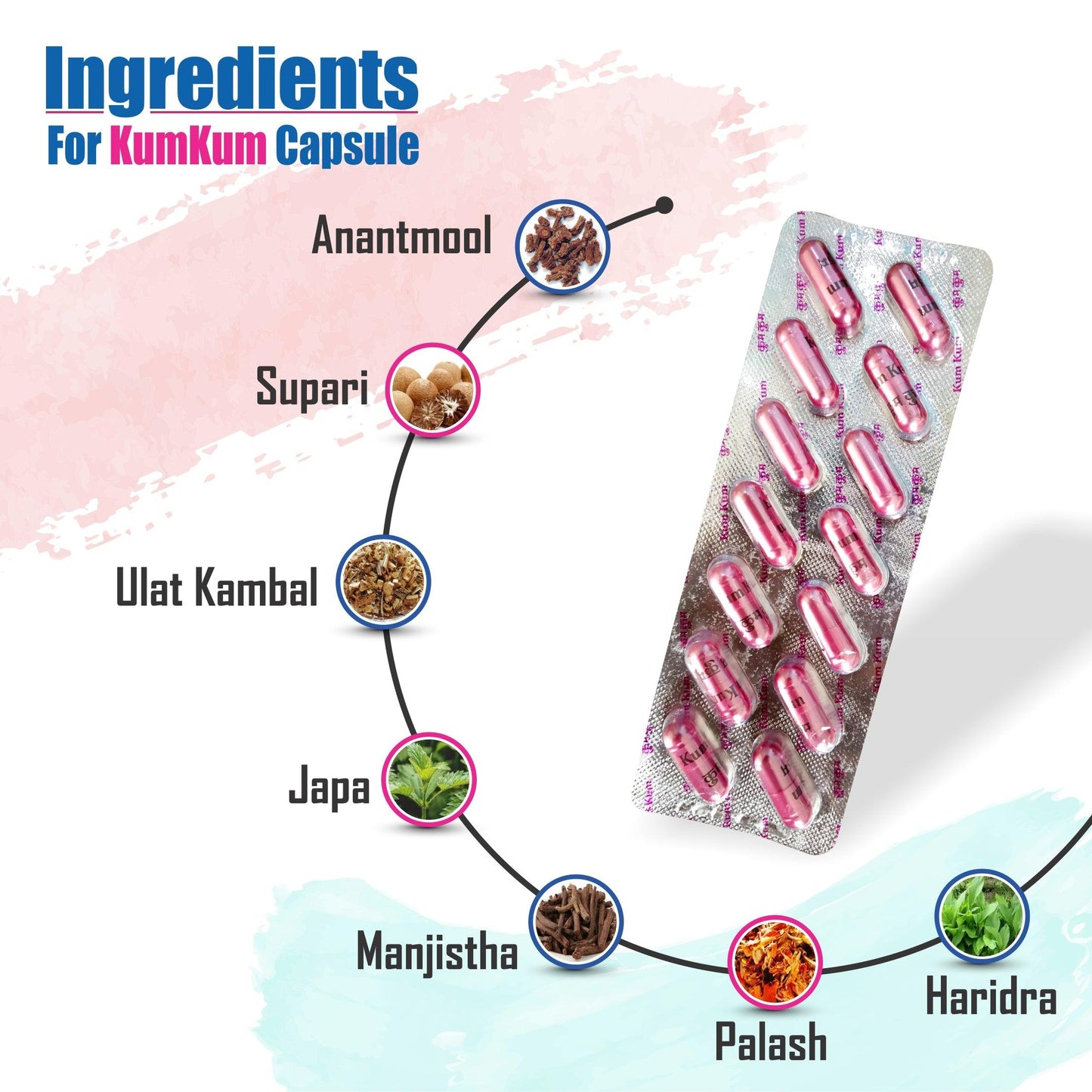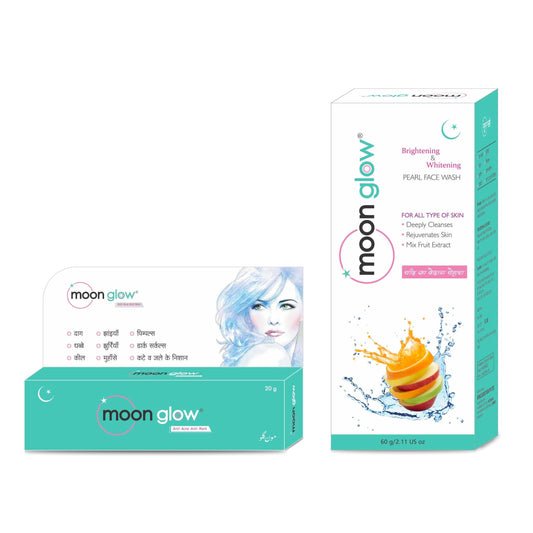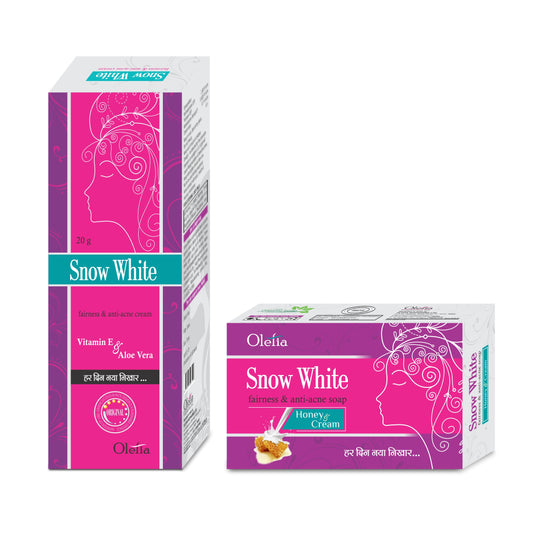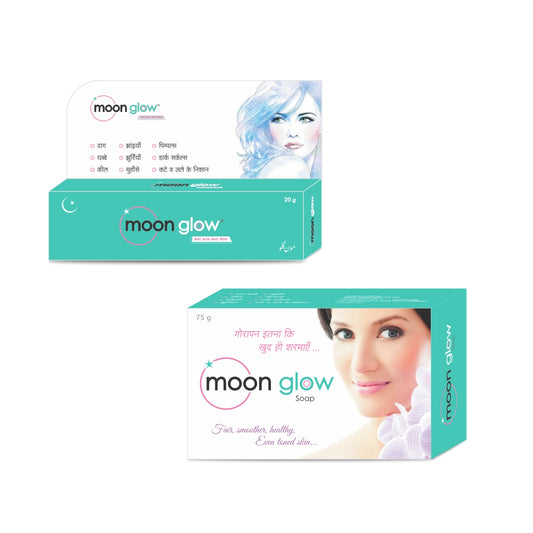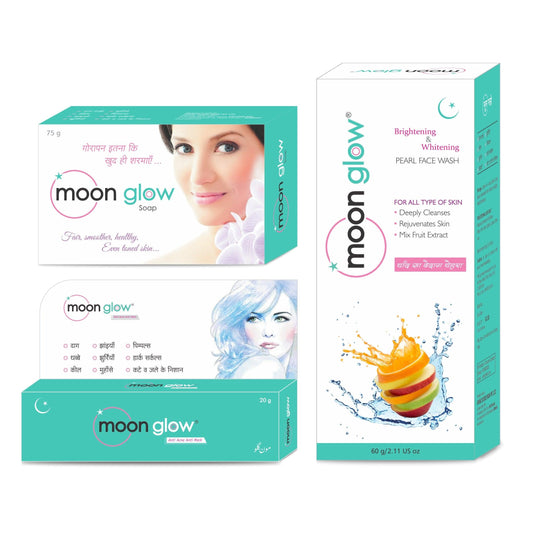Lodhra serves for several health benefits, such as; cures acne, blemishes, white and black heads; Beneficial in gynaecological or female disorders, Cures eye disorders, Cures dental problems, Treat Ulcers, Heals wound, Stop haemorrhage, Reduces heaviness in the body.
Lodhra is a very important Ayurvedic herb. It is an evergreen medium-sized tree. Its. Leaves are 3 to 4 inches in length, circular or oval shaped, leaf stalk is small and it is velvety to touch. Its Flowers are cream-coloured, small in size and are mostly found in clusters.
Flowering generally occurs in the month of November and continues through the month of February. The fruits of Lodhra are purple-blackish in colour and are about 1.5 inches long, leathery, and contain 1 to 3 seeds. The bark is light brown in colour.
Cures, Acne, blemishes, white and black heads
In acne, a paste of lodhra and sphatika should be applied. For pimples, a paste of lodhra, dhanyaka, and vaca is useful. Being an astringent, it can clear the face of blemishes, black and white heads. It can also dry up the acne quickly.
Beneficial in Gynaecological or Female disorders
Lodhra normalises FSH and LH, which regulates the development, growth, pubertal maturation, and reproductive processes of the body , manages the menstrual cycle, stimulates the ovaries to produce eggs, and triggers ovulation and the development of the corpus luteum.
Water extract of Lodhra significantly stimulated serum FSH level along with rise in serum LH level in immature female Sprague-Dawley rats on oral administration. Lodhra has an anti-androgenic effect and prevents ovarian cell dysfunction in PCOS patients and improves fertility.
- Treatment with Lodhra bark significantly decreases testosterone levels, which is found to be elevated in PCOS. It significantly restores oestrogen, progesterone and cholesterol levels. Lodhra restores the histology of ovarian tissue.
- Lodhra is useful in inflammation of the uterus due to its anti-inflammatory effects. Lodhra helps in maintaining the ratio of oestrogen to progesterone in the female body, thus preventing menstrual irregularity.
- Lodhra contains phytoestrogens. Thus it ameliorate mild to moderate pre and post menstrual depressionby acting on the serotonergic systems.
Cure dental problems
The anti-bacterial property of lodhra helps to cure oral problems. To cure it, after bloodletting, a paste of lodhra, musta, and rasanjana mixed with honey should be applied.
Treat Ulcers
The anti-ulcer property of lodhra protects against ulcers. Powders of dhataki and lodhra promote wound healing. Lodhra, nyagrodha bud, khadira, triphala, and ghrta made into a paste provide looseness and soften the wounds. Application of fine powder of lodhratwak promotes wound healing.
Heals wounds.
Powdered formation of the bark lodhra is used to heal wounds. Lodhra actually lowers the PH of the body, which causes the inflammation process to fasten, which gradually leads to an increased wound healing process.
Stop haemorrhage
Lodhra is used in epistaxis (raktpitta ). People who have high pitta generally experience nose bleeding. The absorbing quality of lodhra helps in the thickening of blood to stop haemorrhaging (bleeding).
It reduces heaviness in the body.
Lodhra is Grahi ( absorption enhancing), Sheeta ( cooling ) and Laghu ( light), which itself is a unique combination, which makes it very useful in reducing inflammation and heaviness in the body.
Uses of Lodhra
According to Ayurvedic texts, the main indication of lodhra is to maintain the pitta (Agni) and the kapha (phelgum) in the body. Lodhra contains khashay ras (Astringent). Due to this, its formulations made from the bark are generally used to soothe the pitta and its ill effects in our body. The bark and leaves of lodhra are used in dyeing. Yellow dye is extracted from the bark and leaves.
